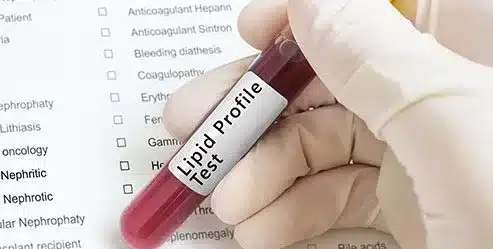Cardiovascular disease, including heart attack and stroke, remains the No. 1 cause of death for Americans. Along with inflammation, an important sign of cardiovascular disease is the size and number of lipids – particles of cholesterol – in your bloodstream. By improving your lipid levels as well as inflammation, you can reduce your chances of developing heart disease and a resulting cardiovascular event, such as a heart attack.
Board-certified lipidologist Kenneth Bescak, MD, FACC, BCCL, leads Northern Arizona Healthcare’s Lipid Clinic. He is one of only 500 board-certified lipidologists in the United States, and one of only seven in Arizona. Below, Dr. Bescak answers questions about lipids and how you can manage them.
Q: What do lipids do?
A: Lipids are fatty substances in the bloodstream necessary to make hormones and store energy. Too many lipids can cause high cholesterol and blocked arteries, which lead to strokes and heart attacks.
Q: What is a lipidologist?
A: Lipidology is the newest sub-specialty in internal medicine and cardiology. A lipidologist specializes in the diagnosis and management of lipids disorders, such as high cholesterol, which includes both inherited and acquired disorders in patients who are especially high risk.
Q: What can I do to lower my lipid levels?
A: Cholesterol comes from two sources in the body – the liver makes about 80 percent and the rest comes from absorption through the intestines. This means you can reduce your lipids by reducing saturated fats in your diet and taking certain medications.
Q: What services are offered through the Lipid Clinic?
A: The Lipid Clinic uses advanced lipid testing to analyze how lipid particles interact with inflammation markers. This allows for individualized lipid management profiling and comprehensive services, including:
- Customized goal-setting for cholesterol, triglycerides, diet, exercise and weight management.
- Follow-up blood work to monitor and evaluate patients.
- Cholesterol screenings for patients’ family members, who are included in sessions when possible.
- Education for patients regarding nutritious, heart-healthy diets including new recipes and methods of food preparation; tips for dining away from home; and reading and understanding food labels.
